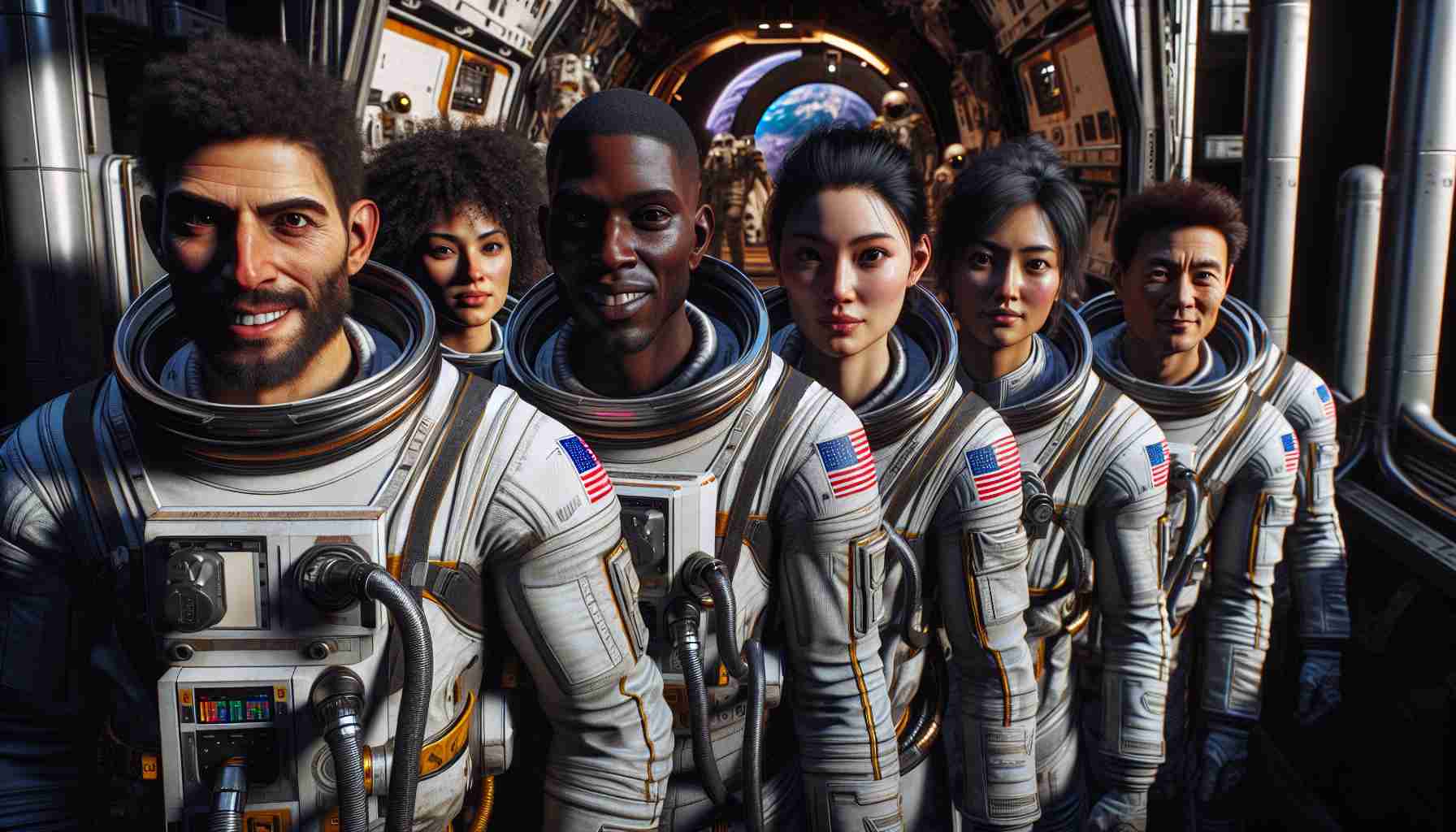
A team of pioneering individuals is embarking on a groundbreaking journey to explore uncharted territories beyond the confines of our planet. The upcoming mission will entail navigating through formidable radiation belts and conducting the inaugural commercial spacewalk, marking a significant milestone in space exploration.
Guided by the spirit of adventure and the quest for discovery, these intrepid explorers are poised to push the boundaries of human exploration. Their mission represents a daring leap into the unknown, as they venture into the vast expanse of space to unveil the mysteries that lie beyond Earth’s atmosphere.
With courage and determination as their guiding stars, the crew is preparing to defy the odds and embrace the challenges that come with venturing into the cosmic abyss. Their journey serves as a testament to the indomitable human spirit, showcasing our relentless pursuit of knowledge and our unwavering commitment to unraveling the secrets of the universe.
As they prepare to embark on this historic voyage, the crew stands on the threshold of a new era in space exploration, where the possibilities are as infinite as the stars themselves. Their mission encapsulates the essence of human ingenuity and the boundless potential that awaits us among the stars.
A new era dawns on human space exploration as the bold crew readies themselves to depart on a mission that will redefine the limits of our understanding of the cosmos. Despite the thrilling narrative of adventure and discovery painted by their upcoming journey, there are crucial questions that arise as they inch closer to launching into the great unknown.
One of the key questions surrounding their mission is how will these intrepid explorers safely navigate the treacherous radiation belts that lurk beyond Earth’s protective atmosphere? Radiation exposure poses a significant threat to human health in space, and devising effective shielding mechanisms is paramount to ensuring the crew’s safety during their voyage.
Another pressing concern lies in the logistical challenges of conducting the first commercial spacewalk. What are the precise protocols and contingencies in place to facilitate a successful extravehicular activity in the unforgiving vacuum of space? Addressing these intricate details is crucial to the crew’s ability to carry out their mission with precision and efficiency.
Furthermore, what are the potential long-term effects of extended space travel on the human body and mind? As the crew embarks on a journey that will take them far beyond the comforts of Earth, understanding the physiological and psychological impacts of prolonged space missions becomes imperative for future expeditions into deep space.
Despite the allure of discovery and the promise of unlocking the secrets of the universe, the crew also faces the daunting reality of the vast distances and isolation inherent in space exploration. Maintaining mental health and camaraderie amidst the solitude of space travel presents a formidable challenge that demands innovative solutions and unwavering resilience.
While the advantages of venturing beyond Earth’s atmosphere are boundless, from expanding our scientific knowledge to paving the way for future interplanetary missions, the mission is not without its disadvantages and controversies. The financial costs, ethical considerations, and environmental impacts associated with space exploration continue to spark debate and scrutiny among policymakers and the public.
As the crew stands on the brink of embarking on their historic expedition, they embody the spirit of human curiosity and the relentless pursuit of pushing the boundaries of what is achievable. Their journey signifies a pivotal moment in the annals of space exploration, where the dreams of a few intrepid individuals carry the hopes and aspirations of all humankind towards the uncharted frontiers of the cosmos.
For further insights into the challenges and innovations of space exploration, visit NASA’s official website.



